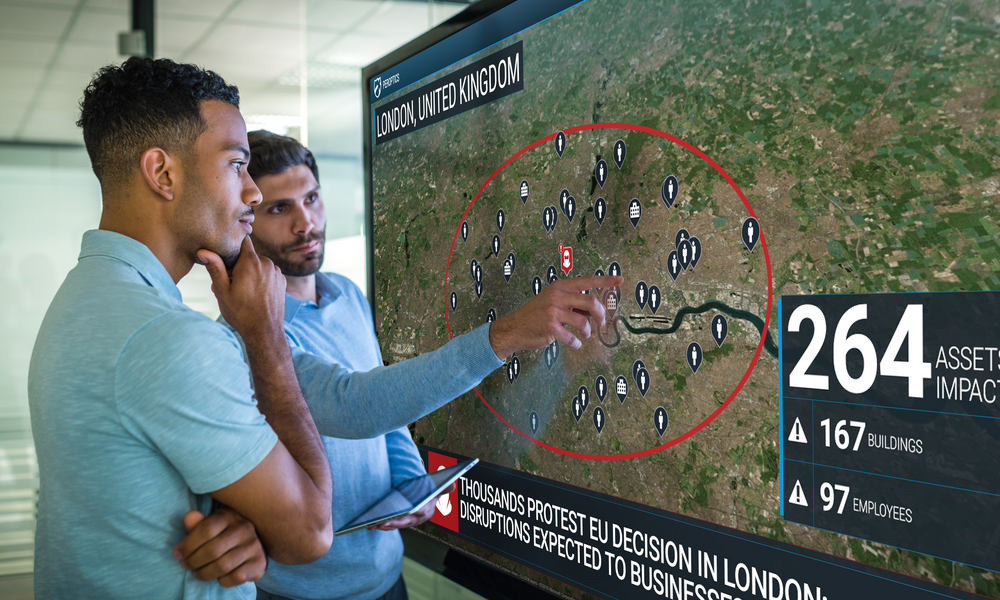Blog
Leadership’s role in pandemic and epidemic preparedness: A recap

 Last week, former Deputy Director of FEMA, Richard Serino, joined us to share his thoughts and experiences on how to prepare for an epidemic/pandemic as a public health official. As the 2018 flu season is already well underway, he focused much of his presentation on influenza preparedness, citing previous flu pandemics as well as discussing this year’s flu season and how government officials across departments can all pitch in to help keep the public healthy. During his presentation, Richard broke down his method for epidemic/pandemic preparedness into 10 manageable steps. In this blog, we’ll dive into his insights into the first step: leadership. If you’re interested in hearing all 10 of Richard’s steps for epidemic/pandemic preparedness, you can watch a replay of the entire webinar here. Richard took a look at the role public health officials take in terms of leading the fight against disease outbreak, and he came up with the following best practices:
Last week, former Deputy Director of FEMA, Richard Serino, joined us to share his thoughts and experiences on how to prepare for an epidemic/pandemic as a public health official. As the 2018 flu season is already well underway, he focused much of his presentation on influenza preparedness, citing previous flu pandemics as well as discussing this year’s flu season and how government officials across departments can all pitch in to help keep the public healthy. During his presentation, Richard broke down his method for epidemic/pandemic preparedness into 10 manageable steps. In this blog, we’ll dive into his insights into the first step: leadership. If you’re interested in hearing all 10 of Richard’s steps for epidemic/pandemic preparedness, you can watch a replay of the entire webinar here. Richard took a look at the role public health officials take in terms of leading the fight against disease outbreak, and he came up with the following best practices:
- Regardless of what type of organization you are a part of, make sure to encourage staff to stay home if they are sick.
- When addressing the public about a potential outbreak, ensure that you are transparent and honest with your communications. Inform them of everything you know and don’t be afraid to admit that there may be things you do not know yet, but you are working towards finding answers.
- Giving action items, such as coughing into your elbow instead of your hand, helps the public feel a sense of control over the situation and reduces panic.
- Remind the public that your knowledge of the situation will change as it continues to unfold. Known information may change and ‘unknowns’ may get answered as an outbreak progresses.
- Provide clear policies, but be transparent about changes. Public health policies should be in place, but may need to change as an outbreak progresses. If a policy needs to be amended, be clear as to why the change is necessary or beneficial.
- Have a trusted, local expert provide communications. People are more likely to follow directions if they are provided by someone they recognize or trust as an expert in public health.
- Before any outbreak ever occurs, ensure that local officials in all departments already have a good relationship with public health officials so cross-department communication is easy and trusted.
- All members of a public health department should coordinate on what information they are broadcasting. Additionally, information should flows sideways to other departments so they can also provide the same message if asked (i.e. fire department, police department, etc). Leaders in other departments will also have other conduits for sharing information such as neighborhood watch programs, faith organizations, etc.
To hear Richard’s other 9 steps and to learn more about epidemic/pandemic preparedness, you can view the full webinar here. Learn more about Everbridge and how your organization can benefit from improved outbreak preparedness.


